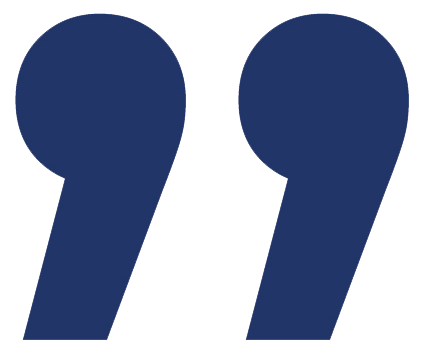Early Childhood
Learning with Joy
If you peak into our Early Childhood classroom, you’ll find students engaged in integrated learning through play. We tap into their innate joy and curiosity to develop their academic skills, and provide space for them to understand themselves and each other.
Our teachers are caring mentors and guides, and they create classrooms that are another player in the curriculum. The furniture and materials are organized to inspire creativity and inquisitiveness, but are also movable to let students collaborate or create a space of their own imagining. Student artwork and writing is hung up on the walls alongside art, posters, and charts giving students a sense of pride in their contributions, encouraging care of the classroom and materials, and providing a sense of ownership and stewardship.
Our dedicated Early Childhood play garden – with sandboxes, play structures, trees, and bamboo – provides access to nature and outdoor play multiple times of day. Inside and outside, there is space for students move their bodies, spaces to sit quietly alone, and spaces for children to foster their intellectual, physical, emotional, and spiritual selves.

About Our Early Childhood Program
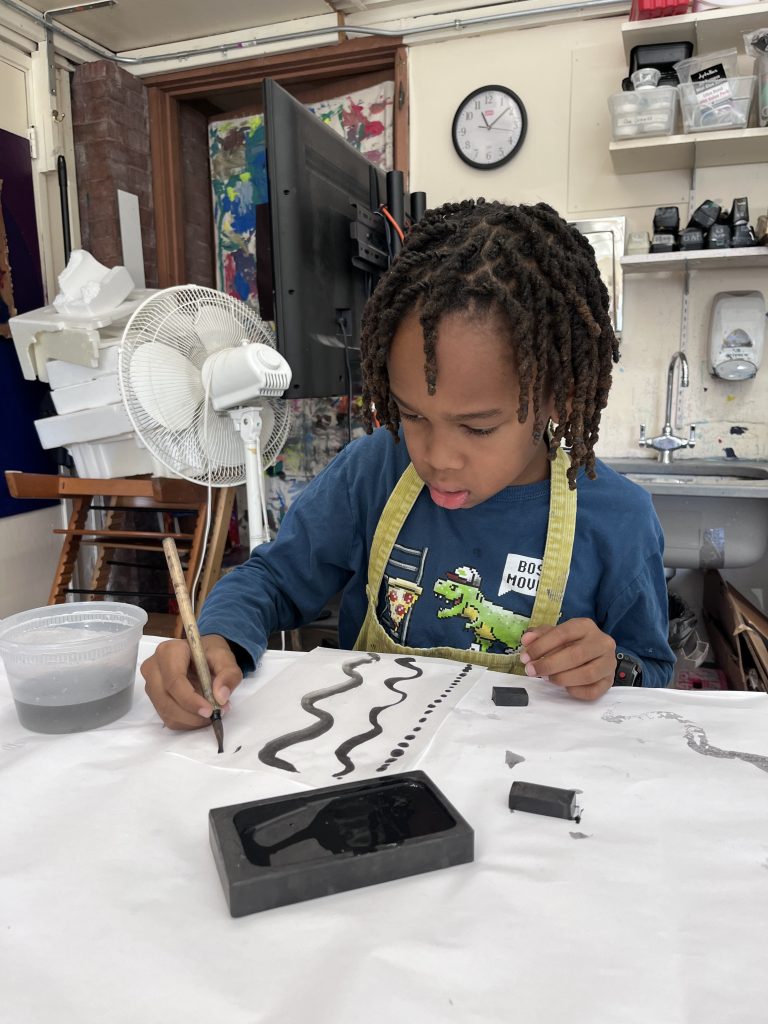
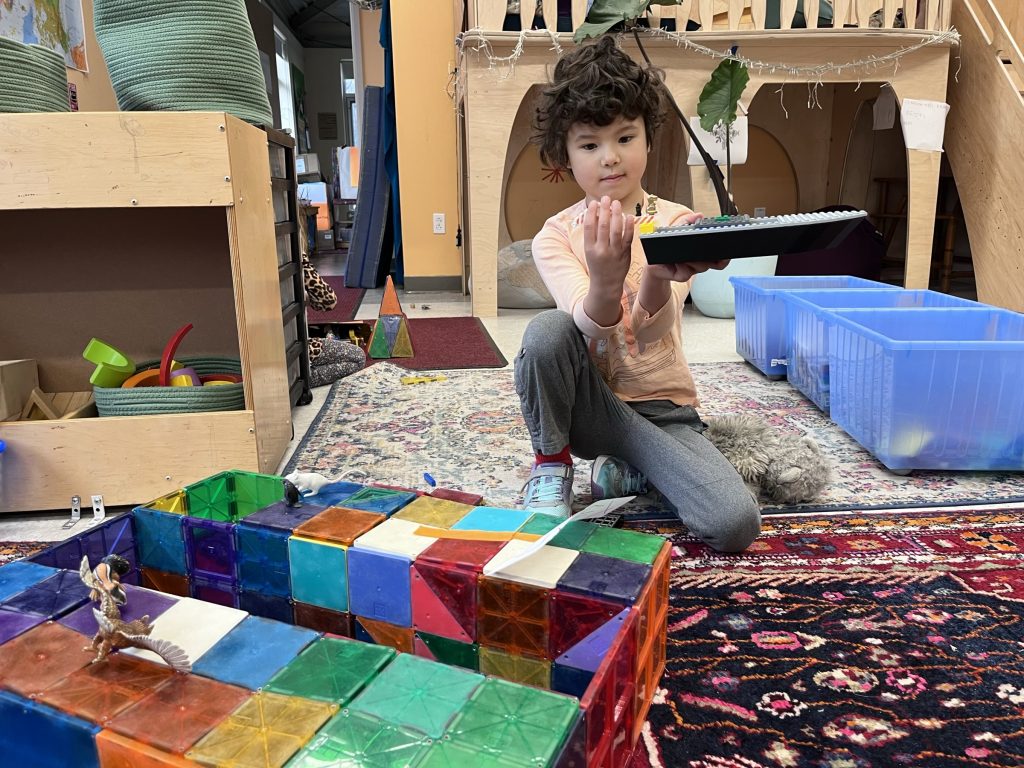
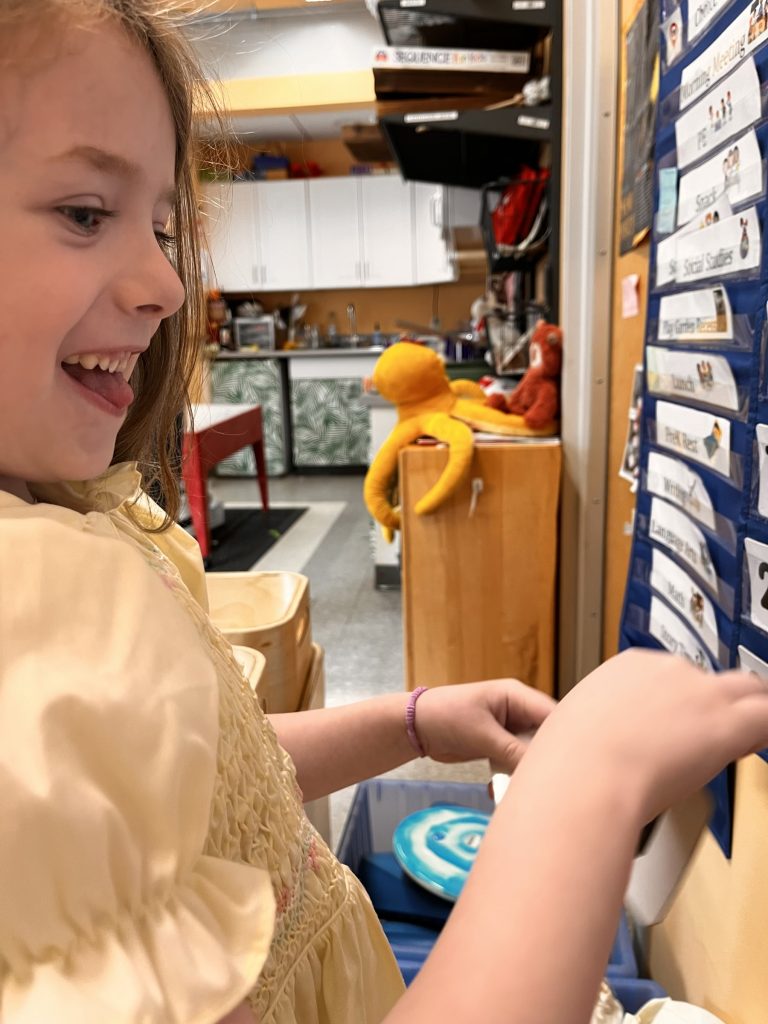
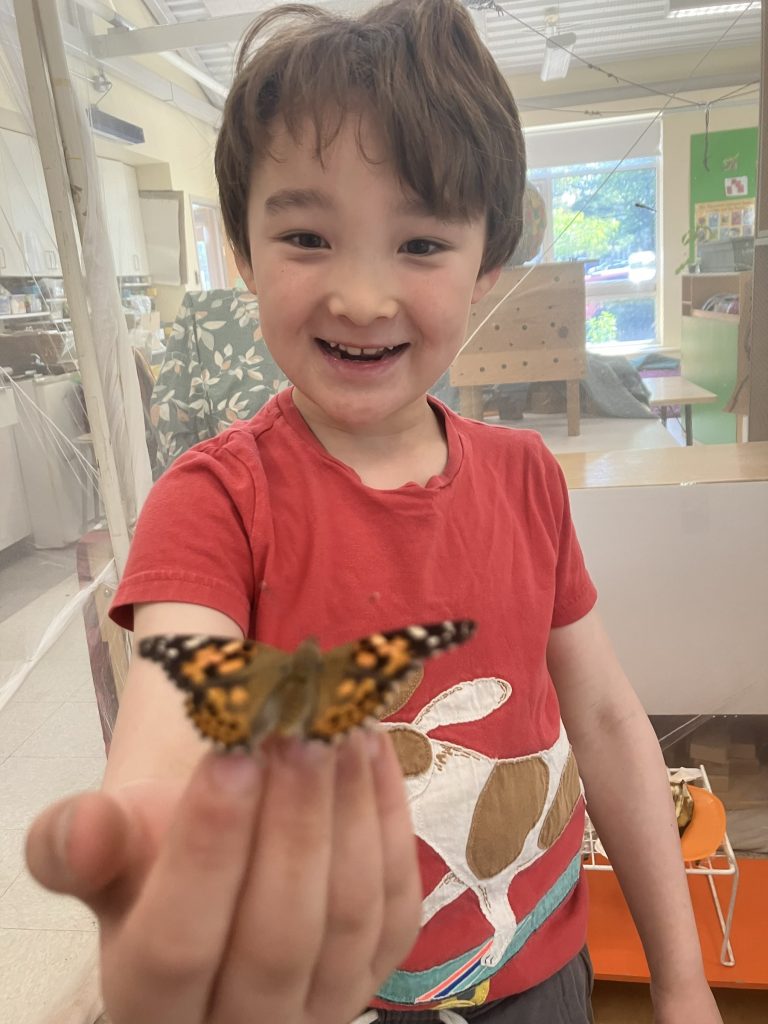
Our approach weaves together organic and emergent learning, direct instruction, and differentiated learning that meets each pre-kindergarten and kindergarten student where they are, laying a solid foundation for future academic work. And our curriculum is always evolving – we look for opportunities to be responsive to the interests of the unique cohort of children each year, and also seek to continually improve and innovate using the latest developments in teaching and learning. Below are some of the academic areas and elements we cover.
Our core program elements include…
Language Arts
We combine direct instruction with a story-rich environment, shared book reading, many and varied teacher-child interactions, the organic use of print, and a dedicated enthusiasm for making reading and writing accessible and fun for children. Teachers are always looking for ways to incorporate reading and writing in a personal way for each child, helping students write notes to their friends after a disagreement, writing a note to bring home, or writing a “Save” sign next to a block creation. Dramatic play is another avenue through which teachers often organically introduce language arts, encouraging students to do their own reading and writing as part of the fun.
Math
Teachers provide opportunities throughout the day that encourage students to count, record, measure, find patterns, and solve problems in their play and lives to connect them to math concepts and skills naturally. Formal topics introduced include: numbers and operations (including counting, recording, and comparing quantities, the number system, addition, and subtraction), measurement, geometry (including identifying, comparing, composing, and decomposing 2-D and 3-D shapes), and data analysis (including sorting, classifying, representing, comparing, and interpreting data). Throughout their school experience, students spiral through these topical areas, building on and refining their knowledge and skill as mathematicians.
Science
Throughout the year, children experiment with scientific materials and concepts. They investigate light, air, mass, liquids, simple machines, and the life cycle. Through hands-on experiences, students begin to build a base of knowledge about the properties of materials and how to alter them, and engage in engineering skills when they take things apart, examine how they work, and attempt their own constructions. During outside time teachers draw attention to bugs and the physical world. And children are introduced to the scientific inquiry method used throughout the sciences, by formulating questions, developing hypotheses, testing these hypotheses, examining the results of their testing, reformulating questions, and beginning the cycle of inquiry once again.
Social Studies
Social studies learning builds on the Quaker Testimonies of Equality, Peace, Integrity, Community, Simplicity, and Stewardship. One of the ways that we bring the Testimonies into the classroom is by studying “people of Inspiration.” Students learn that the differences within our community help to make it stronger, and to respect and celebrate our differences.
Arts
Children have an inherent impulse to create, and this creative expression takes many forms. Song, dance, painting, sculpture – any and all of these come naturally to our earliest students. In our art program, we channel that creative energy and let the children see ways they can create. They learn to mix paint colors, cut and collage paper shapes, stamp and print with recycled materials, build three dimensional structures with recycled materials, mold with clay, and sew with yarn and fabric. They develop musicianship by engaging with music through songs and song games, classroom instruments, dance, creative movement, improvisation, composition, musical storytelling, listening and reflecting.
Social and Emotional Learning
Early Childhood is a time of big feelings and new interactions. Our teachers help students name emotions, leave room for children to process, and gently encourage growth and confidence in who they are. When learning opportunities come up, we pause and reflect as a group, or individually. Social emotional learning is woven throughout all our activities, from the very start of the day to the end, and are anchored by our Quaker values.
Curriculum Highlight: Storytelling Project
The Storytelling Project, inspired by a pioneer in early childhood education, Vivian Gussin Paley, consists of both storytelling and story acting. Children are given frequent opportunities to tell a story to their teacher that will be transcribed into the Storytelling Class Book. Doing this can provide exciting opportunities for children to see the connection between oral language and the written word, and to feel validated and important as a member of their class. The class sometimes acts out many of these original stories. This experience empowers the children to access reading and writing in a fun and organic way, encourages negotiating and teamwork, helps children practice the sequential nature of a story, and inspires great creativity. As the year progresses, students will apply these foundational skills as they begin to write and edit their own stories.
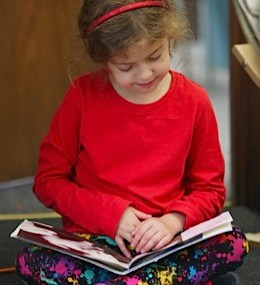
Seeing the "Inner Light"
In keeping with our foundational Quaker values, our teachers see the “inner light” of each child, engage with them individually, and meet them where they are. In our approach to learning, there are three key sources of knowledge we attend to:
-
Knowledge of how children develop and learn
-
Knowledge of each individual child in our program
-
Knowledge of the social and cultural context of each of our children
This means we must know our children, respect them as members of their family and culture, and design experiences that are meaningful for them as individuals and will help them make progress in their development and learning.
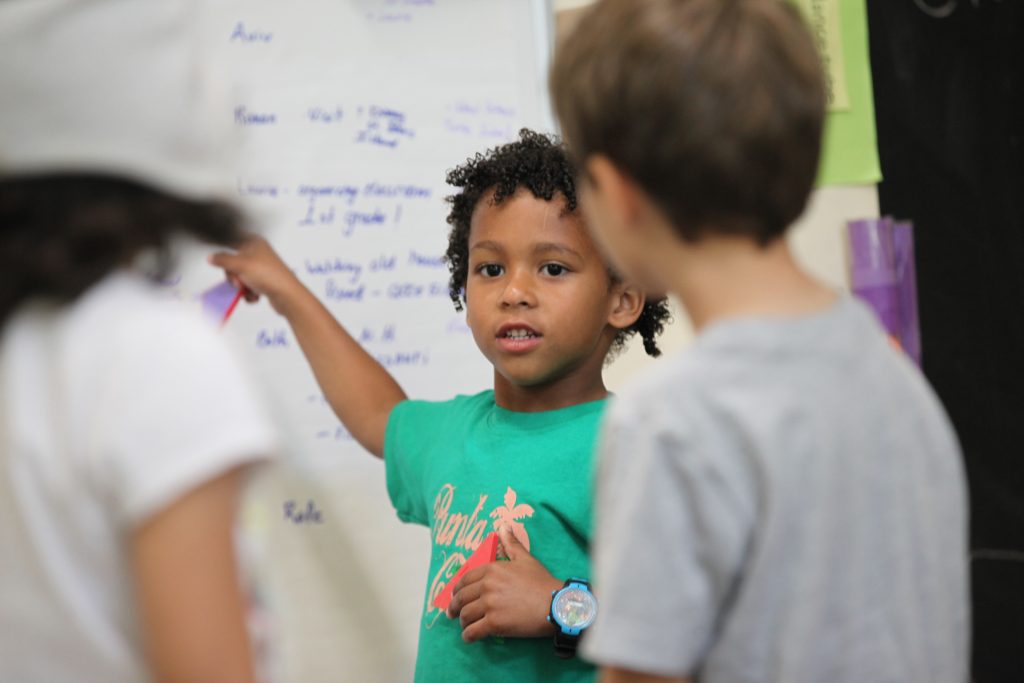
From Learner to Mentor
Our Early Childhood classrooms encompass a two-year span. Children loop within their classroom communities, meaning that they remain in the same classroom for both years. This allows for students to have the experience of being new members of a group, learning not only from their teachers, but also from their peers.
Then, in their second year, they become the knowledge holders, assisting others in learning classroom routines and feeling at home in the community. Within mixed-age groupings, all children experience times when they are leaders. They guide others when involved in areas of their own strength. Similarly, all children experience the role of follower, learning from their peers. They are all both role models and role learners amongst their peers.
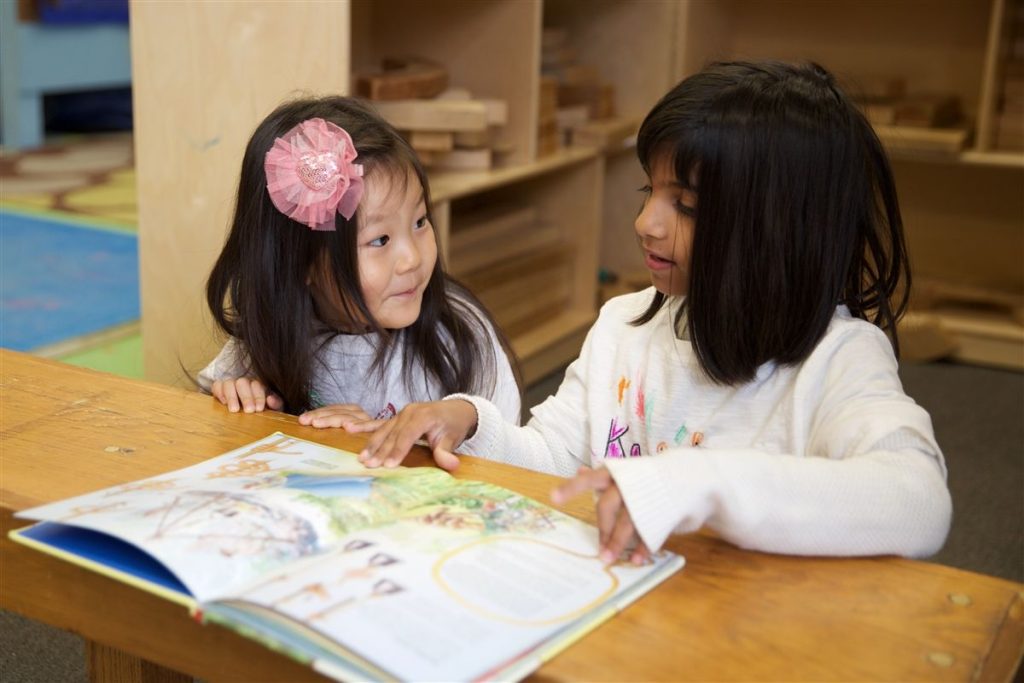
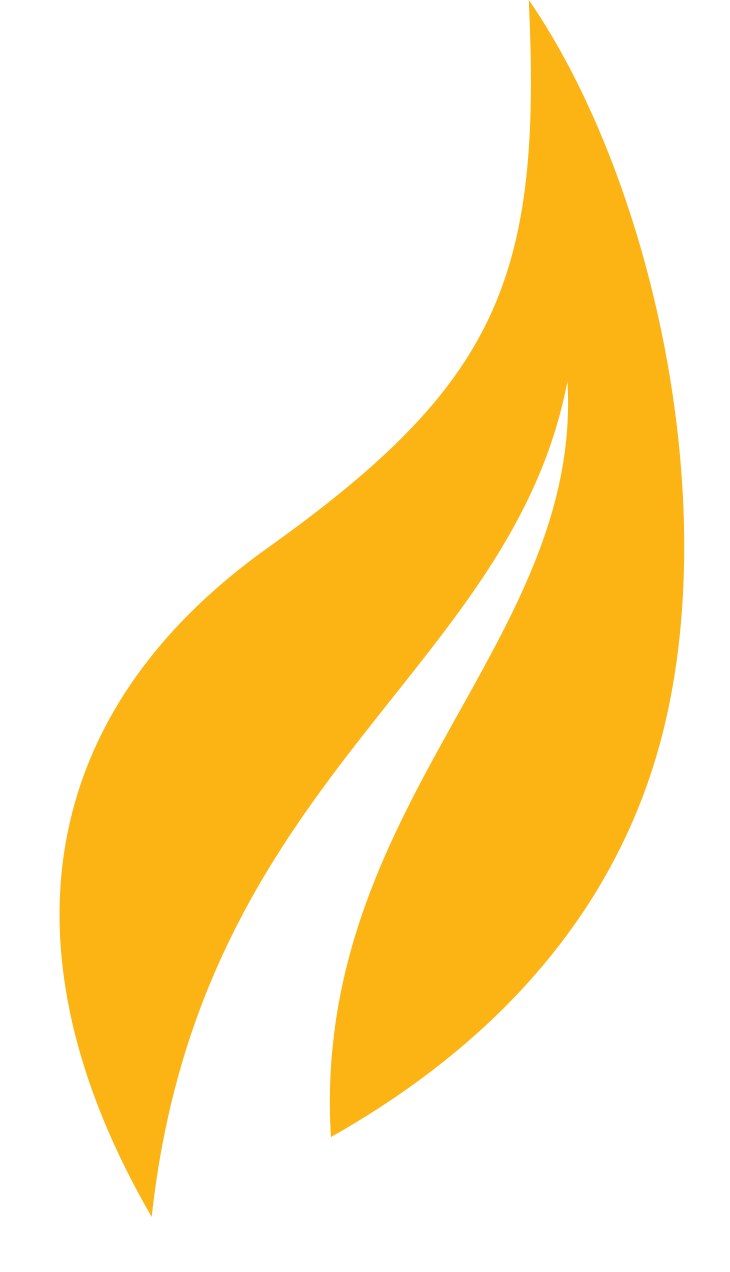


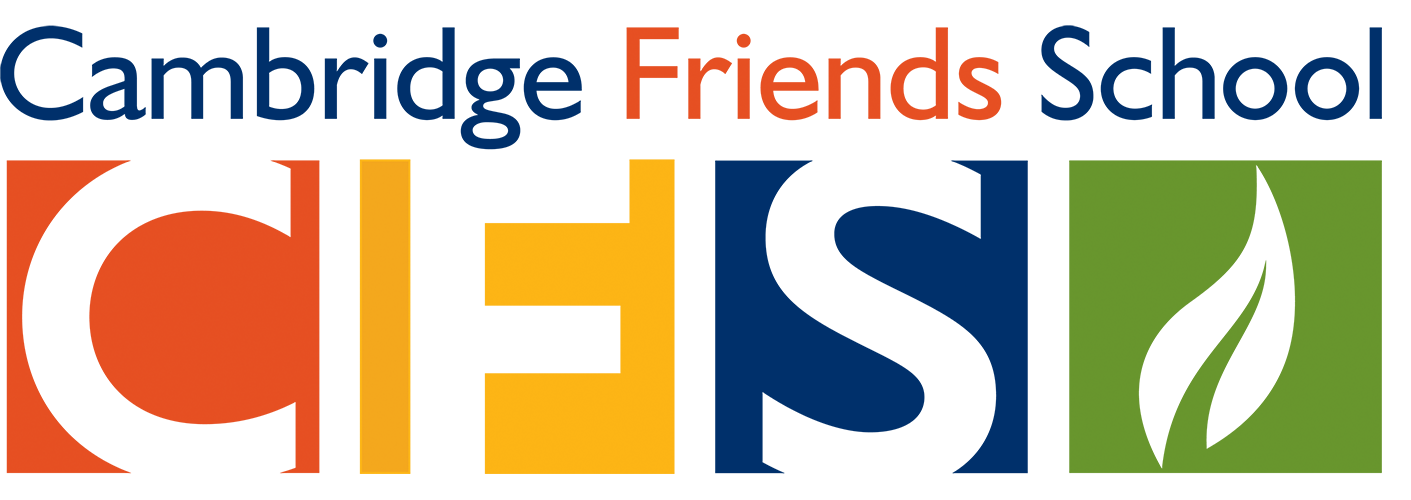

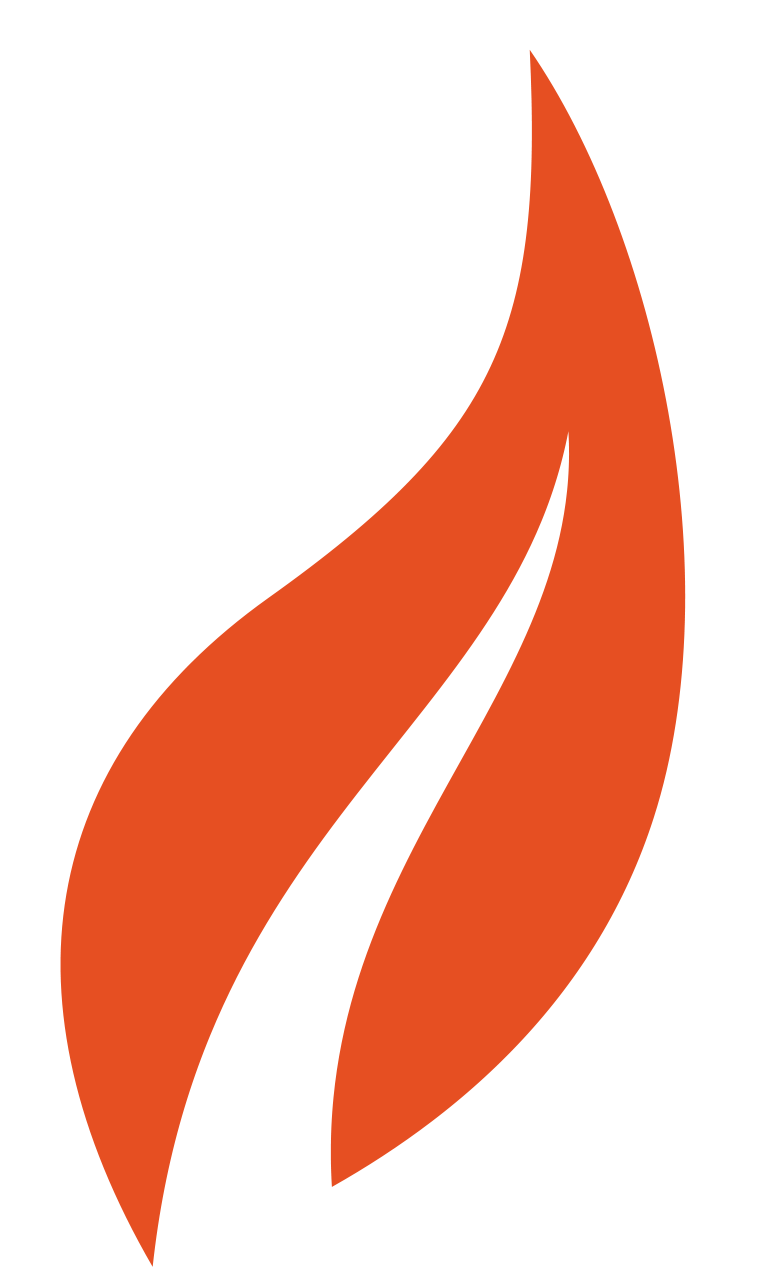
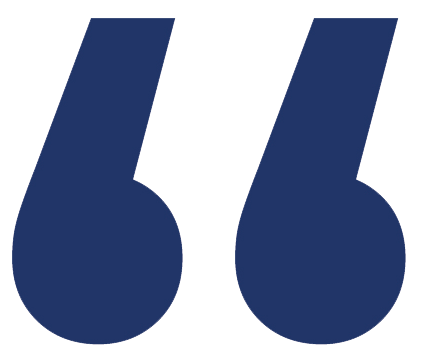 The teachers and staff have been wonderful partners in our children's education, and really go above and beyond to ensure a positive learning environment for the students.
The teachers and staff have been wonderful partners in our children's education, and really go above and beyond to ensure a positive learning environment for the students. 